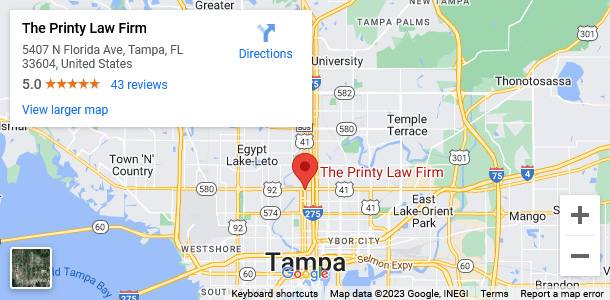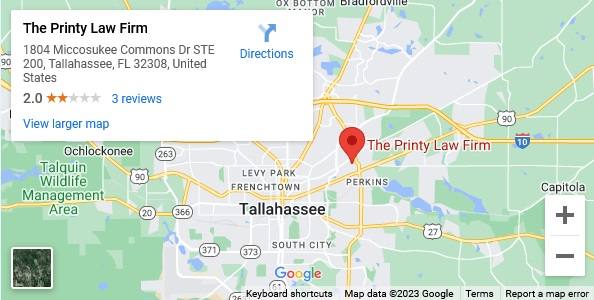Roundabout Accidents
Personal Injury Lawyer | Have you ever been driving someplace away from home, trying to find your way through an unfamiliar neighborhood, and come across a roundabout at an intersection? If you don’t regularly use roundabouts, you may feel hesitant or even stressed about how to navigate the traffic circle.
Roundabouts have long been used in Europe to control the flow of traffic, and are becoming more common in the United States at heavily traveled intersections because traffic engineers like the enhanced safety and lower cost to build roundabouts compared to traffic lights.
However, they remain unfamiliar to many Americans, who are more accustomed to more traditional four-way intersections. Because of this unfamiliarity, it can be challenging for cities, counties, or states to teach drivers the rules for using roundabouts — and until drivers understand the rules, roundabout accidents may result and you or your family may be injured.
Why Roundabouts?
Road engineers often consider roundabouts safer than conventional intersections because they eliminate the possibility of ‘T-bone’ and head-on collisions. They also significantly reduce the number of potential crash points at an intersection.
Because of the touted benefits of roundabouts, many local transportation departments have pushed for new construction projects in areas of high traffic or congestion. Most recently, a construction contract has been approved to build a roundabout at the intersection of Burlington Road and Route 47, but not all residents are on board.
Although roundabouts are less expensive to maintain, and have proven to be successful in reducing traffic accidents, there are still ways in which they pose possible safety risks and may lead to roundabout accidents.
Three Risks for Roundabout Accidents
Common scenarios that can result in roundabout accidents include:
- When a driver fails to yield to both lanes of traffic in a dual lane roundabout. When entering a roundabout, you must first yield to any vehicles already inside the roundabout or exiting the roundabout. Because there are no traffic lights, some drivers are unsure of who has the right of way inside a roundabout. You should check that all lanes are clear before entering because cars inside the roundabout always have the right of way. Keep an eye out for yield signs and directional markings as you drive counter-clockwise with the flow of traffic.
- When a driver fails to slow down. Speeding inside a roundabout can be extremely dangerous. You should not drive faster than 20mph if there are no speed limit indicators. When a driver speeds through a roundabout, he can lose control of the wheel, miss his exit, or cause a rear-end collision.
- When a driver suddenly stops in the middle of the roundabout. Roundabouts are designed to keep cars moving to reduce congestion. By eliminating the left turn, they help clear up traffic jams that occur at typical four-way intersections. However, when a confused driver stops in the middle of the roundabout, he blocks the flow of traffic, potentially causing a preventable auto accident. Sudden stops can be especially hazardous for large trucks or tractor-trailers that require more room to move about.
When used correctly, roundabouts are a safe and effective way to keep traffic moving through an intersection. However, serious roundabout accidents can result when a driver becomes distracted or fails to follow directions for navigating the traffic circle. – Staver Law
The personal injury lawyers at Printy Law Firm can inform you of legal options you may not know you have. If you or a loved one has experienced an injury or wrongful death due to someone else’s negligence, contact The Personal Injury Department at Printy Law Firm.
Call today for a confidential consultation | Tampa 813.434.0649 | Tallahassee 850.877.7299





